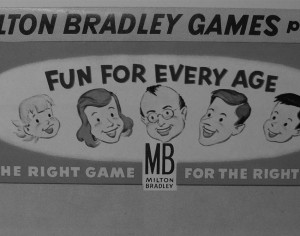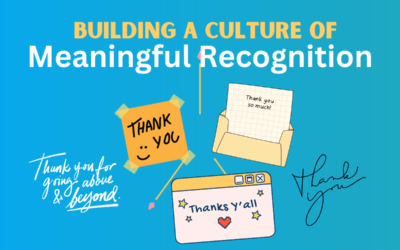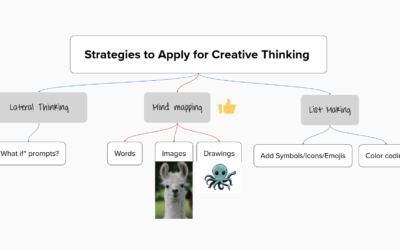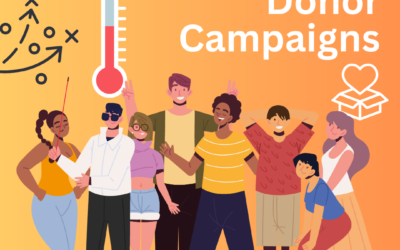 Very few people look at management goals for nonprofit organizations and think “fun!” It’s important work, and failing to do it can mean a failure of mission in the long run. Building an operating cash reserve, looking at long-term facility planning needs, or even things like strategic mergers can take years to accomplish. Often, nonprofits can’t even get started.
Very few people look at management goals for nonprofit organizations and think “fun!” It’s important work, and failing to do it can mean a failure of mission in the long run. Building an operating cash reserve, looking at long-term facility planning needs, or even things like strategic mergers can take years to accomplish. Often, nonprofits can’t even get started.
One reason these institutional goals can get shoved aside is the rewards are quite far removed from the effort. Building a dynamic leadership culture takes a long time, and even longer to see the impacts on the organization. Creating a healthy working capital balance can be a project lasting several years. The board of directors which set the goal may not even be around when (or if) is is achieved. One way to break up the long-term reward problems is to create short-term victories that lead up to the big win. Keeping an audience engaged for the long haul is the goal of gamification. Things that provide rewards – even small ones – more often are more likely to get done. It’s possible to play Angry Birds for just one level, but it is the constant wins level after level that keep millions of players engaged for very long periods of time.
Nearly any goal can be broken up into stages. A capital campaign for a new building often takes years of planning and execution, but each portion of the work can be celebrated as a “level-up” victory for the organization and all the people working hard to win the whole game. The board of directors can sponsor a staff pizza party when the first $100,000 pledge is received. The staff can hand out special badges (a la Foursquare and similar services) to key supporters at each 10% benchmark. It doesn’t really matter what your reward is, the important point is to make the distance between rewards short enough and the effort sustainable enough that everyone involved in the effort is regularly getting a small dose of dopamine and is ready to move on to the next part of the work.
Many nonprofit groups simply throw their collective hands up when asked why they don’t do all the things they know they should. They rightly point out there are many more immediate things that demand their time, and if the focus is allowed to stay only on things that can be accomplished in 60 days, then the time will come when the long-term problems finally overtake the organization in a crisis.
Crisis recovery can, of course, also be fun and games. A little gallows humor and recognition that any problem is solvable given enough time can help in this part of a nonprofit’s life-cycle as well. Planning for progress or planning for the long slough back up, making a game of it can help get it done.






